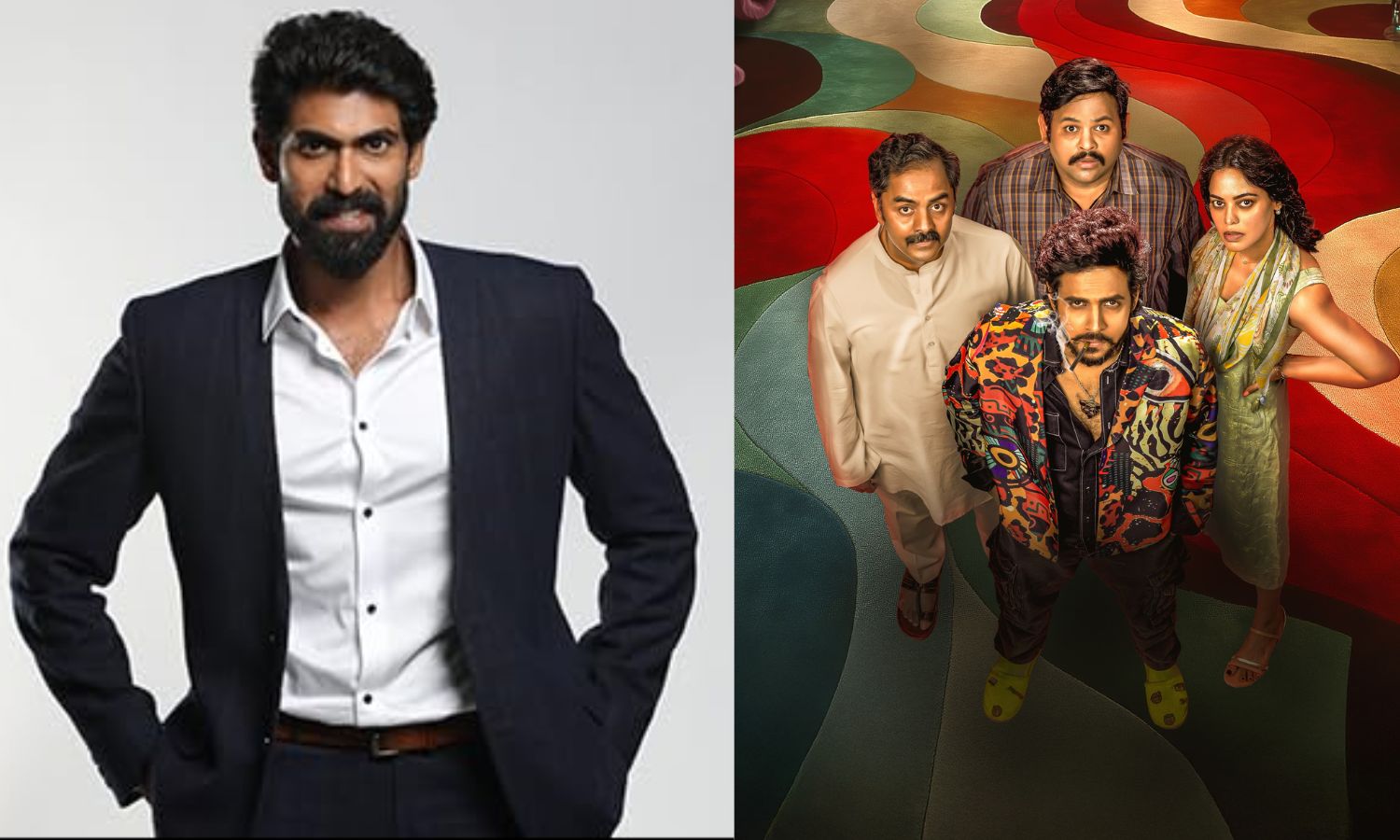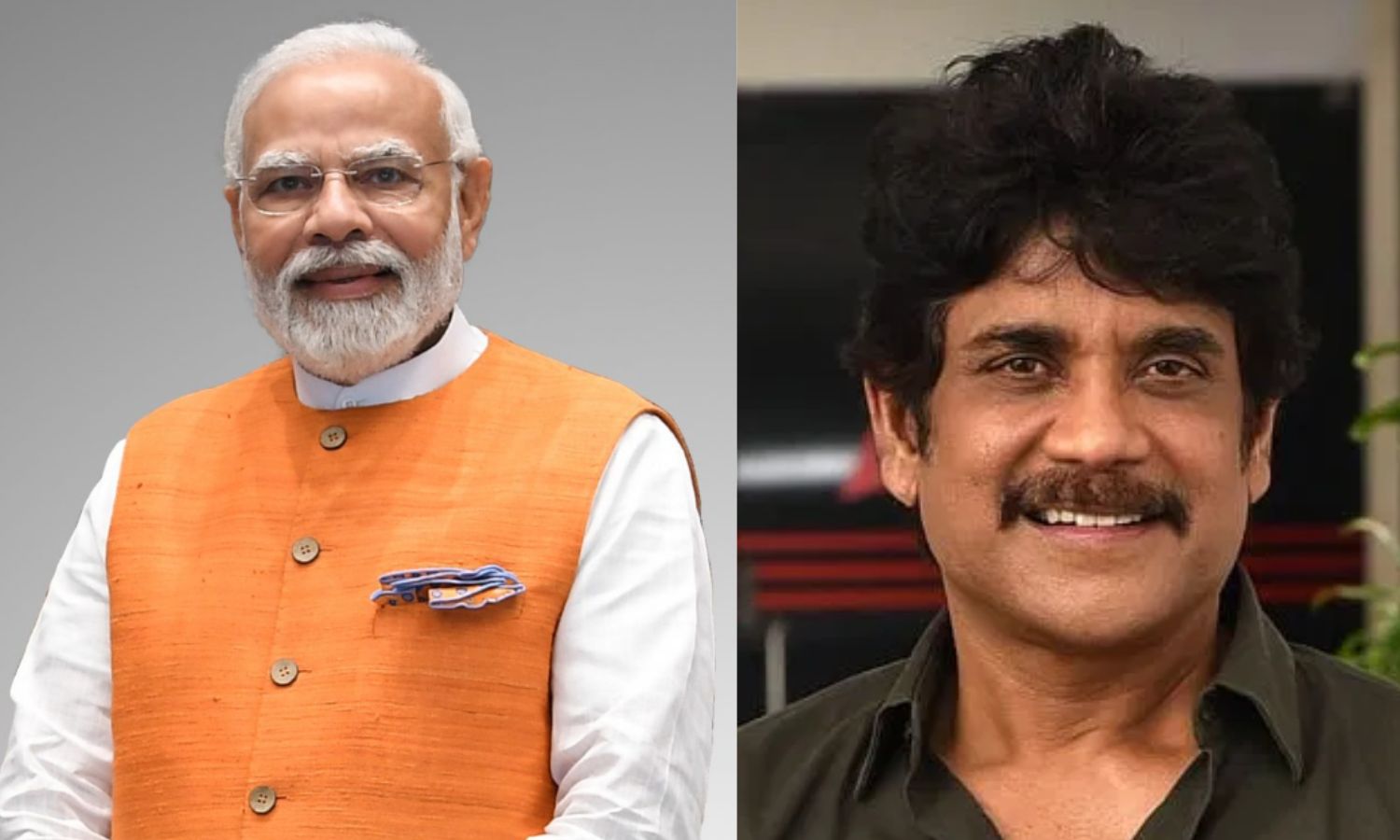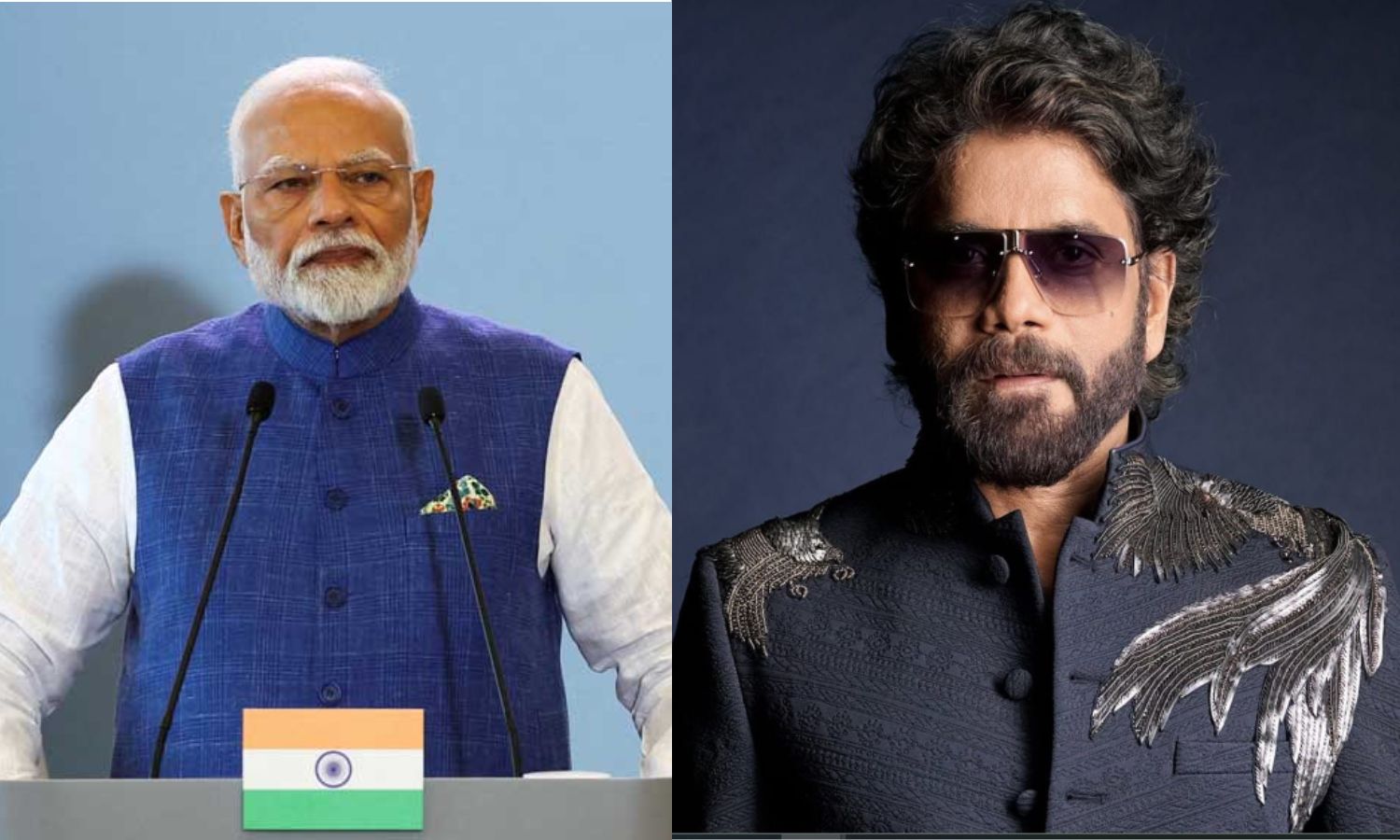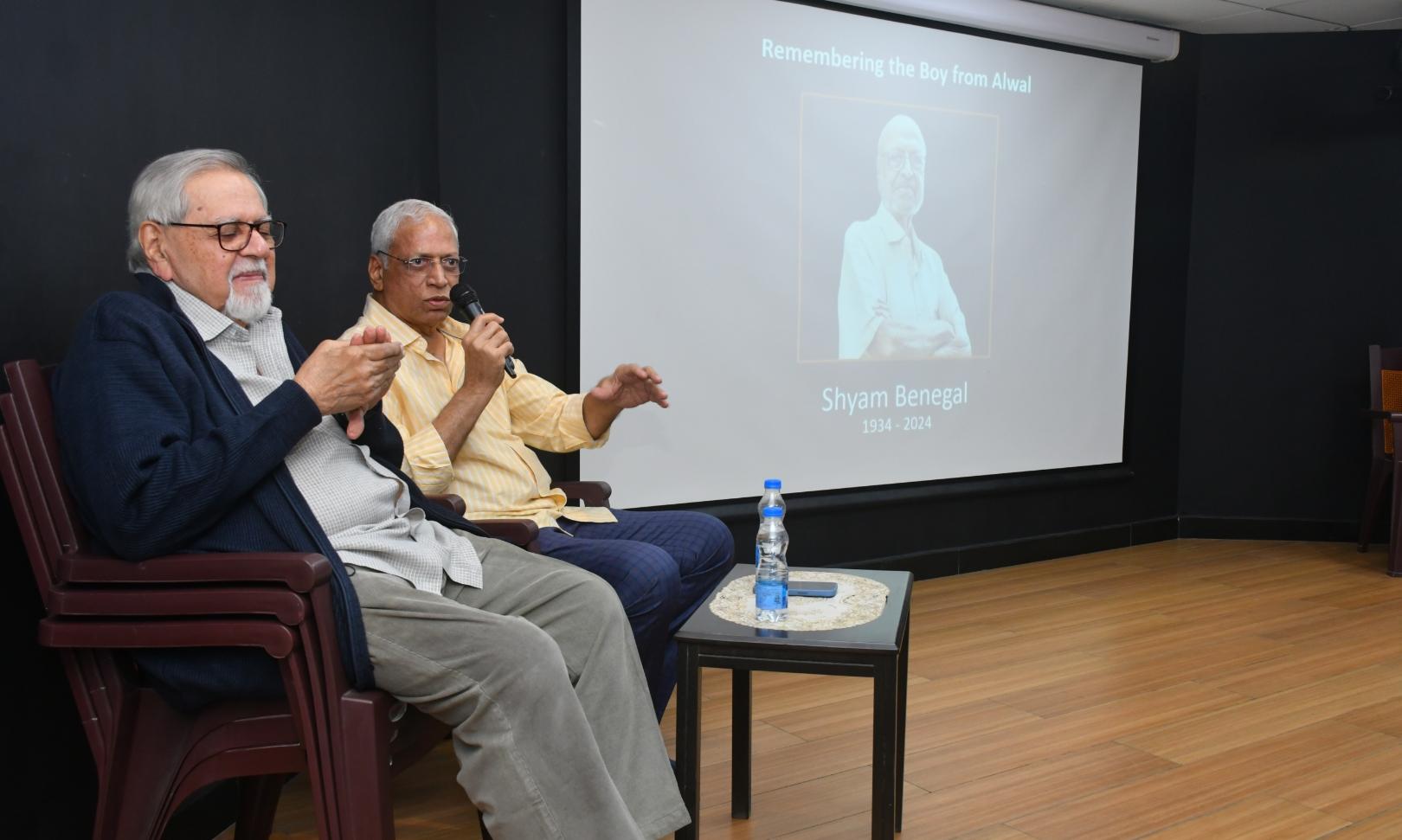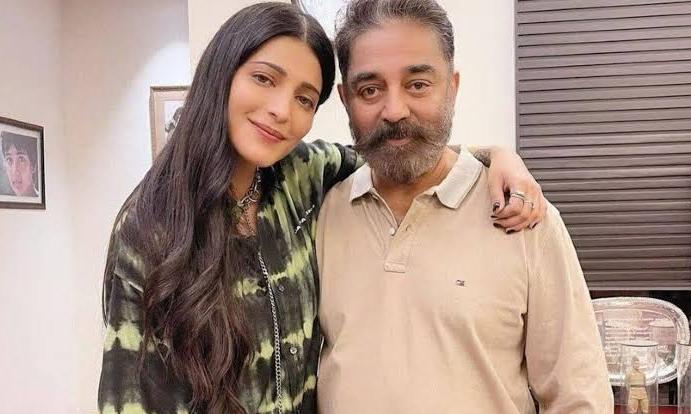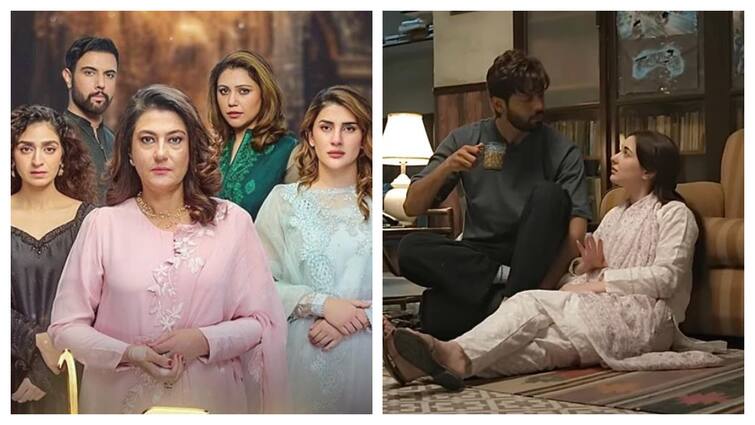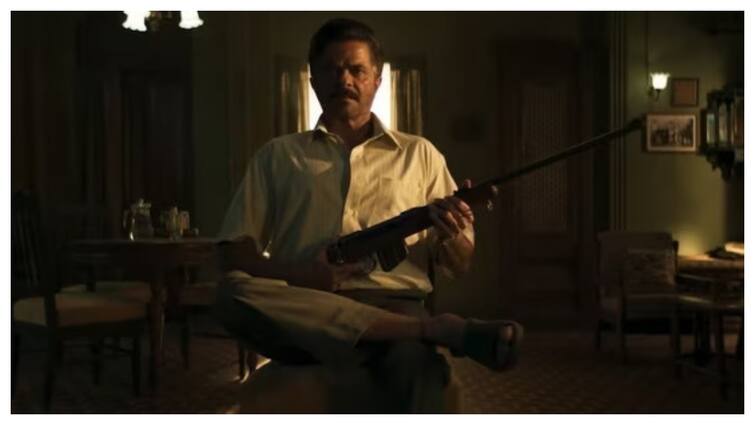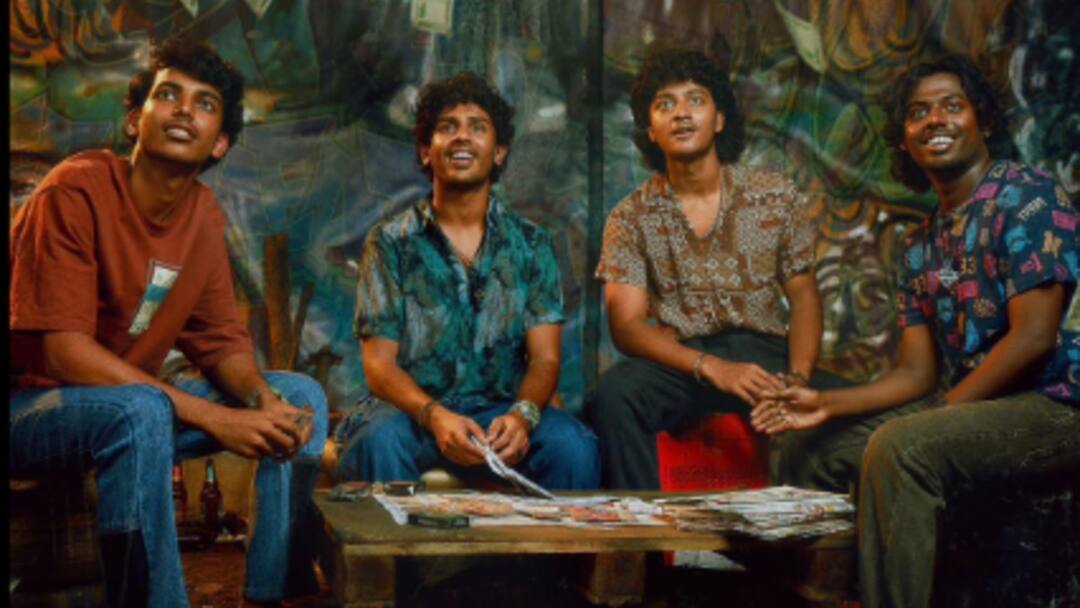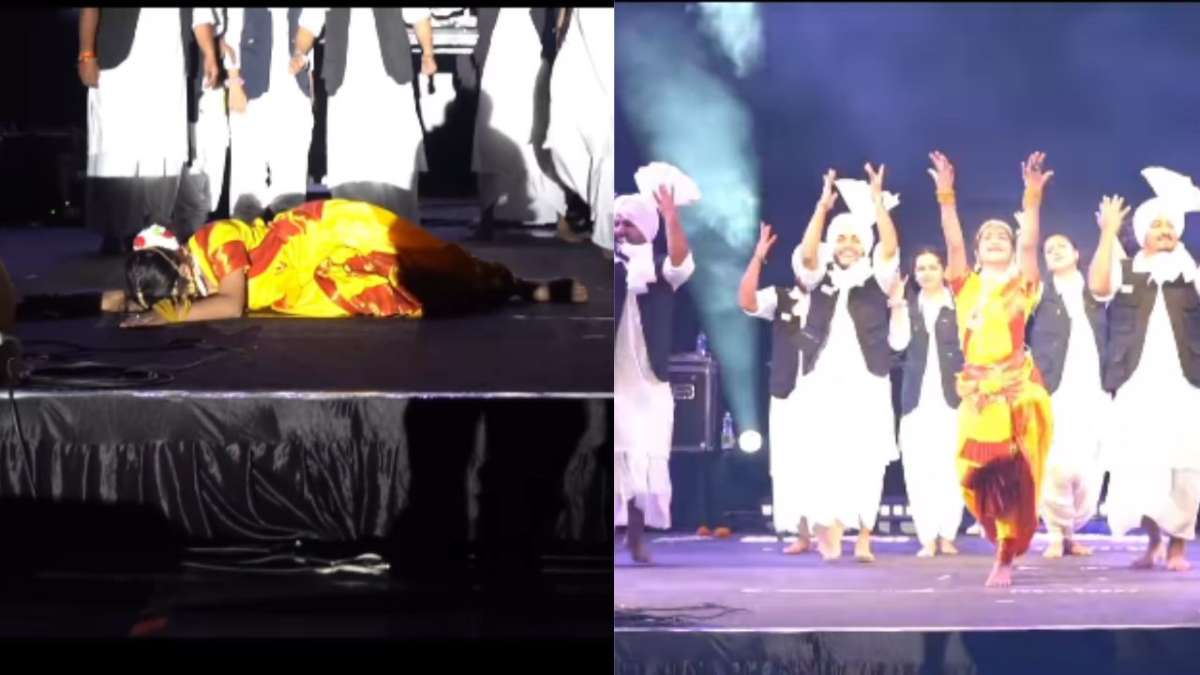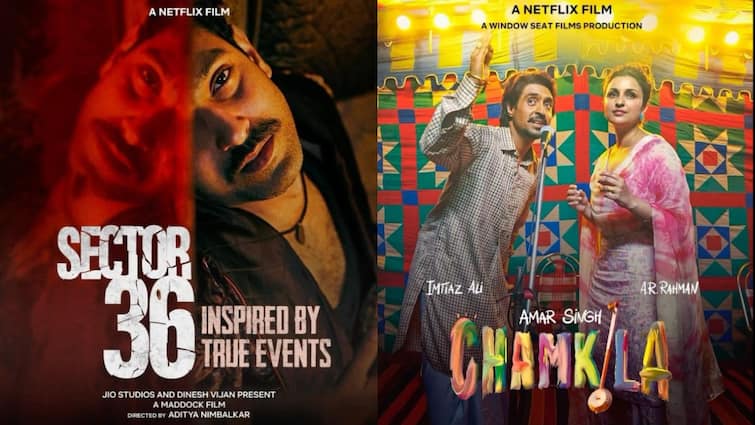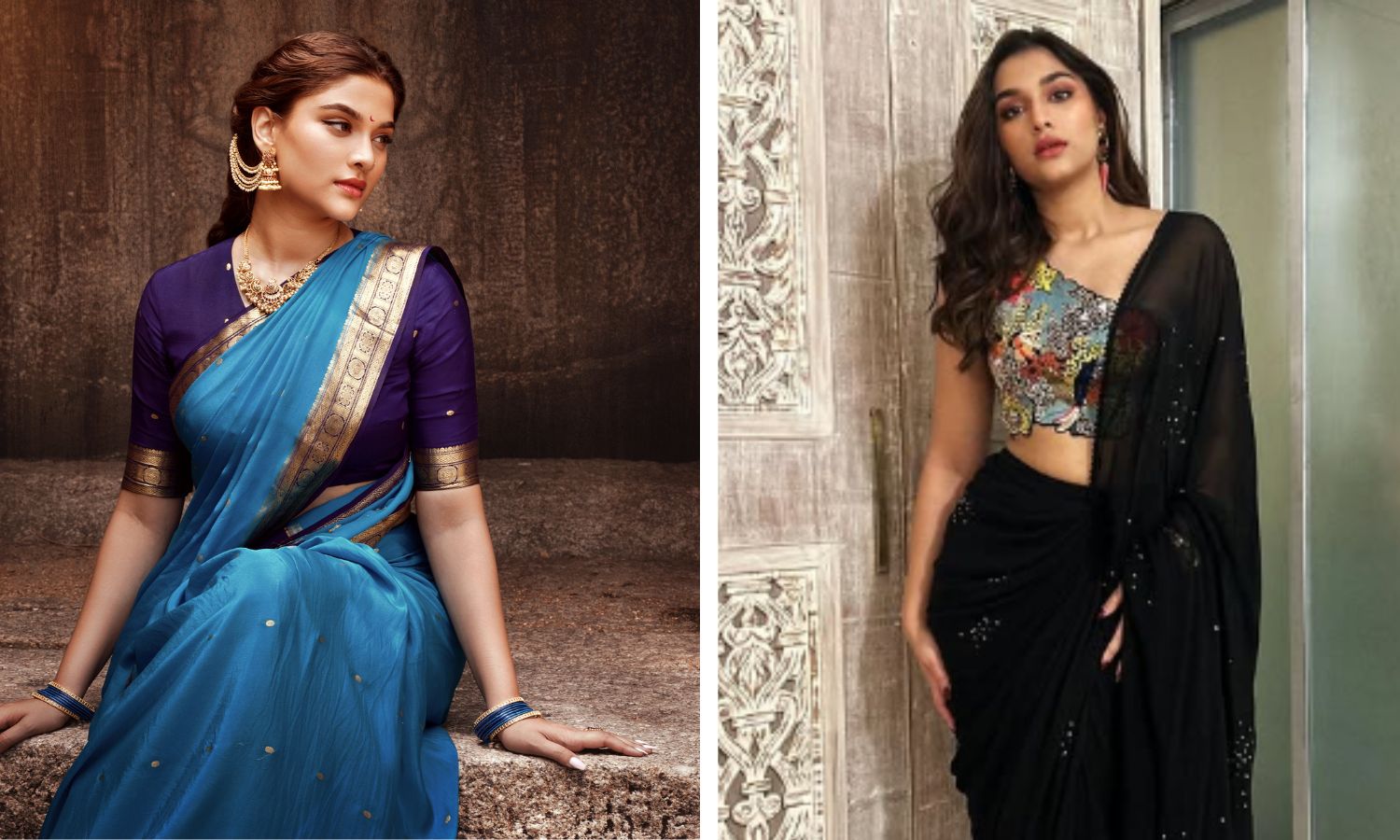)
Why Basu Bhattacharya’s Anubhav is one of the most formally distinctive Hindi films of its time
Firstpost‘Well Begun’ is a monthly column about opening scenes/establishing sequences in films. Keep watching, though, and you’ll realise that this early scene in Basu Bhattacharya’s Anubhav employs a language very different from most other narrative Hindi films of the time. But even here, the stylistic decisions are precise and significant: the sound of a clock ticking in the background, which will become one of the film’s running motifs, the way the camera freezes on Tanuja’s face as the opening credits begin, with “Anubhav” written in Devanagari multiple times across the screen. Scenes like the one where Meeta gets out of bed after extricating herself from the sleeping Amar’s hold and reaching behind her pillow for the blouse that was unloosened the night before, or the one in Avishkaar where Mansi and another Amar fool around in the bathroom together, may be the closest that 1970s mainstream Hindi cinema came to the quotidian, lived-in feel of the sex scene between a married couple in Nicholas Roeg’s Don’t Look Now. Dinesh Thakur and Tanuja in Anubhav An answer to this question may be found in selected sequences from some popular films of the time, such as the nightmare of dislocation that opens Basu Chatterjee’s Rajnigandha — Vidya Sinha in a lovely blue sari waking to find herself alone on what seems like a ghost train, and then stranded at a desolate railway station.
History of this topic

50 Yrs of 'Anubhav': A Brilliant Film That Explores the Journey That is Marriage
The QuintSumitra Bhave: A quiet rebel
The Hindu
Article 15 movie review: Ayushmann Khurrana hunts for inconvenient truths in an essential film
Hindustan TimesDiscover Related





